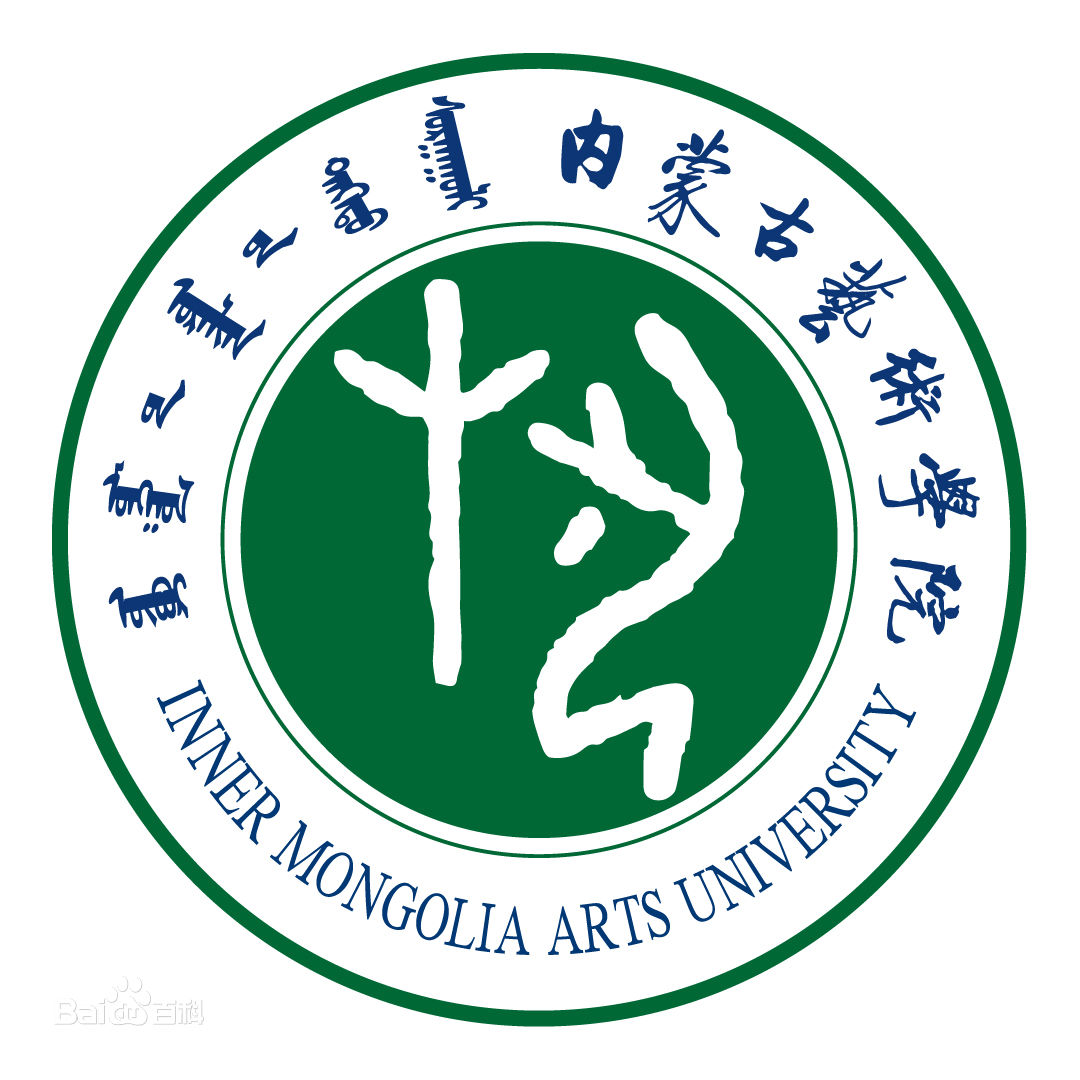
Deutsch-Chinesische Enzyklopädie, 德汉百科
 Nei Mongol Zizhiqu-NM
Nei Mongol Zizhiqu-NM










 Anhui Sheng-AH
Anhui Sheng-AH
 Beijing Shi-BJ
Beijing Shi-BJ
 Hainan Sheng-HI
Hainan Sheng-HI
 Hebei Sheng-HE
Hebei Sheng-HE
 Heilongjiang Sheng-HL
Heilongjiang Sheng-HL
 Jilin Sheng-JL
Jilin Sheng-JL
 Liaoning Sheng-LN
Liaoning Sheng-LN
 Nei Mongol Zizhiqu-NM
Nei Mongol Zizhiqu-NM
 Shaanxi Sheng-SN
Shaanxi Sheng-SN
 Shandong Sheng-SD
Shandong Sheng-SD
 Shanxi Sheng-SX
Shanxi Sheng-SX

金朝,国号大金(女真文:![]() /amba-an antʃu-un/[4];满语:ᠠᡳ᠌ᠰᡳᠨ
/amba-an antʃu-un/[4];满语:ᠠᡳ᠌ᠰᡳᠨ
ᡤᡠᡵᡠᠨ,转写:aisin gurun;1122年-1234年),是中国历史上由女真人建立的一个朝代。女真人原为辽朝的藩属,女真人首领金太祖完颜阿骨打在统一女真诸部后,1115年于会宁府(今黑龙江省哈尔滨市阿城区)建都立国。大金立国后,与北宋定“海上之盟”向辽朝宣战,于1125年灭辽,然北宋两次战辽皆败,金随即撕毁与北宋之约,两次南下中原,于1127年灭北宋。迁都中都时,领有华北地区以及秦岭、淮河以北的华中地区,使南宋、西夏与漠北塔塔儿、克烈等政权和部落臣服而称霸东亚。金朝占领华北中原,因此以中国正统王朝自居。因其灭北宋,金朝从意识形态上认为宋朝正朔已亡,不承认南宋为正统,并根据五行相生的原则选取生自宋朝“火”德的“土”德为王朝德运。[5]
金世宗与金章宗时期,金朝政治文化达到最高峰,然而在金章宗中后期逐渐走下坡。金军的战斗力持续下降,即使统治者施以丰厚兵饷也无法遏止。女真人与汉族的关系也一直没有能够找到合适的道路。金帝完颜永济与金宣宗时期,金朝受到北方新兴大蒙古国的大举南侵,内部也昏庸内斗,河北、山东一带民变不断,最终被迫南迁汴京(今河南开封)。而后为了恢复势力又与西夏、南宋交战,彼此消耗实力。1234年,金朝在蒙古和南宋南北夹击之下灭亡。
1115年完颜阿骨打称帝时对群臣说:“辽以宾铁为号,取其坚也。宾铁虽坚,终亦变坏,唯金不变不坏。”于是,以“大金”为国号,望其永远不变不坏也[6]。一说女真兴起于金水,故国号名金,在部分文献中,“金源”因此成为金朝的代称[7],现代学者研究指出,“金”实为女真的汉译,大金国意同“女真国”[8]。
金朝作为女真族所建的新兴征服王朝,其部落制度的性质浓厚。初期采取贵族合议的勃极烈制度。而后吸收辽朝与宋朝制度后,逐渐由二元政治走向单一汉法制度,使金朝的政治机制得以精简而强大[9]。军事方面采行军民合一的猛安谋克制度,其铁骑兵与火器精锐,先后打败许多强国[10]。经济方面大多继承自宋朝,陶瓷业与炼铁业兴盛,对外贸易的榷场掌控西夏的经济命脉。女真贵族大肆占领华北田地,奴役汉族,使得双方的冲突加剧。当金朝国势衰退时,汉族纷纷揭竿而起[11]。
金朝在思想文化方面也逐渐趋向汉化,中期以后女真年轻人改汉姓、著汉服的现象普遍,金廷屡禁不止。金世宗积极倡导学习女真字、女真语,但仍无法挽回女真汉化的趋势。杂剧与戏曲在金朝得到相当的发展,已盛行以杂剧的形式作戏。金代院本的发展,为后来元曲的杂剧打下了基础[12]。医学与数学都有长足的发展,金元四大家的学说为中医发展产生重要的影响,天元术的精进与《重修大明历》的修编为后来元朝数学带来重要的影响[13]。
金(きん、拼音:Jīn、女真語:![]() [amba-an antʃu-un]、1115年 - 1234年)は、金朝(きんちょう)ともいい、中国の北半を支配した女真族の征服王朝。
[amba-an antʃu-un]、1115年 - 1234年)は、金朝(きんちょう)ともいい、中国の北半を支配した女真族の征服王朝。
国姓は完顔氏。遼・北宋を滅ぼし、西夏を服属させ、中国南半の南宋と対峙したが、モンゴル帝国(元)に滅ぼされた。都は初め会寧(上京会寧府、現在の黒竜江省)、のち燕京(中都大興府、現在の北京)。
The Jin dynasty, officially known as the Great Jin (/dʒɪn/),[3] lasted from 1115 to 1234 as one of the last dynasties in Chinese history to predate the Mongol invasion of China. Its name is sometimes written as Kin, Jurchen Jin or Jinn in English to differentiate it from an earlier Jìn dynasty of China whose name is identical when transcribed without tone marker diacritics in the Hanyu Pinyin system for Standard Chinese.[4] It is also sometimes called the "Jurchen dynasty" or the "Jurchen Jin", because its founding leader Aguda (reign 1115–1123) was of Wanyan Jurchen descent.
The Jin emerged from Taizu's rebellion against the Liao dynasty (907–1125), which held sway over northern China until the nascent Jin drove the Liao to the Western Regions, where they became known as the Western Liao. After vanquishing the Liao, the Jin launched an over hundred-year war against the Song dynasty (960–1279), which was based in southern China. Over the course of their rule, the Jurchens of Jin quickly adapted to Chinese customs, and even fortified the Great Wall against the rising Mongols. Domestically, the Jin oversaw a number of cultural advancements, such as the revival of Confucianism.
The Mongols invaded the Jin under Genghis Khan in 1211 and inflicted catastrophic defeats on their armies. Though the Jin seemed to suffer a never-ending wave of defeats, revolts, defections, and coups, they proved to have tenacity. The Jin finally succumbed to Mongol conquest 23 years later in 1234.
La dynastie Jin (chinois traditionnel : 金朝 ; pinyin : ; littéralement : « dynastie d'or »), ou Grand Jin2, a dirigé la Chine du Nord-Est. Elle a été fondée en 1115 par Jin Taizu, le dirigeant du peuple mandchou des Jürchens, et a pris fin en 1234 par l'invasion des Mongols de Gengis Khan. Son nom est parfois écrit Kin, Jurchen Jin ou Jinn en anglais pour la différencier d'une autre dynastie Jin qui a régné sur la Chine et dont le nom est identique lorsqu'il est transcrit sans signes diacritiques de marqueur de tonalité dans le système Hanyu pinyin depuis le chinois standard3.
La dynastie Jin nait de la rébellion d'un chef de tribu jürchen nommé Wanyan Aguda qui, après avoir unifié les tribus jürchen dans le Nord de la Mandchourie, dans l'actuel Heilongjiang, se révolte contre la dynastie Liao (907-1125). Cette dynastie, dominée par le peuple des Khitans, a régné sur le nord de la Chine jusqu'à ce que les jürchens la détruisent. Les Khitans survivants partent vers l'ouest, où ils fondent le Khanat des Kara-Khitans. Après la défaite des Liao, Aguda devient empereur sous le nom de Jin Taizu. Sous le règne de son successeur, les Jin déclarent la guerre à la dynastie Song. Au début, ce conflit devait juste servir de moyen de pression sur la dynastie chinoise, pour l'obliger à verser un tribut plus important. Mais, trés vite, il tourne à la déroute pour les Song et permet aux Jin de conquérir une grande partie du Nord de la Chine, jusqu'aux rives du Yangzi Jiang. Au final, la lutte entre les deux dynasties, les Song s'étant repliés dans le sud de la Chine, va durer plus de cent ans.
Pendant leur règne, les Jurchens de la dynastie Jin se sont rapidement adaptés aux coutumes chinoises et ont même construit de nouvelles sections de la Grande Muraille pour se protéger contre la puissance montante des Mongols. La période de la dynastie Jin est une époque de progrès au niveau culturel et technologique, tels que le développement de la poudre à canon et le renouveau du confucianisme.
Les Mongols, dirigés par Gengis Khan, commencent à envahir les terres des Jin en 1211 et infligent des défaites catastrophiques aux armées des Jürchen. Bien que les Jin aient semblé subir une vague sans fin de défaites, de révoltes, de défections et de coups d'État, ils se sont montrés tenaces. La dynastie Jin ne succombe à la conquête mongole que 23 ans plus tard, en 1234.
La dinastia Jīn (jurchen: Anchu; manciu: Aisin Gurun; cinese: 金朝; pinyin: Jīn Cháo; mongolico: Altan Ulus; 1115–1234), conosciuta anche come dinastia Jurchen, fu fondata dal clan Wanyan (完顏 Wányán) degli Jurchen, antenati dei Manciù, che fondarono la dinastia Qing circa 500 anni dopo.
La dinastía Jin (chino: 金, Wade-Giles: Chin1, pinyin: Jīn, jurchen: Anchu), también conocida como la dinastía Yurchen, fue fundada por los Waynan (完顏 Wányán), clan de los Yurchen, los antepasados de los manchúes que establecieron la dinastía Qing quinientos años más tarde. El nombre es algunas veces escrito como Jinn para diferenciarlo de la dinastía Jin previa cuyo nombre es igual al de la Jin en el alfabeto romano.
Se fundó en 1115, bajo el liderazgo de Wányán Āgǔdǎ (完顏阿骨打), líder del clan Waynan, en el norte de Manchuria, el cual se proclamó emperador de China con el nombre de Tàizǔ (太祖). Muerto Wányán Āgǔdǎ (1123), su hijo y sucesor Wányán Wúqǐmǎi (完顏吳乞買) -que había tomado el nombre imperial de Tàizōng (太宗)- aniquiló con éxito a la dinastía Liao en el año 1125, que había existido entre Manchuria y la frontera norte de China durante varios siglos. El 9 de enero de 1127, las fuerzas Jin de Wányán Wúqǐmǎi saquearon Kaifeng, capital de la dinastía Song del norte, capturando al nuevo emperador Qinzong, que había ascendido al trono tras la abdicación de su padre el emperador Huizong al ver la necesidad de enfrentarse al ejército Jin. Siguiendo a la caída de Kaifeng, los Song, bajo el liderazgo de la heredera dinastía Song del sur, continuaron la lucha durante más de una década contra el poderío Jin, firmando finalmente un tratado de paz en 1141, y cediendo todo el norte de China a los Jin en 1142 para obtener la paz.
Después de dominar el norte de China, la dinastía Jin poco a poco se fue adaptando a la cultura china, trasladando su capital desde Huining Fu en el norte de Manchuria (al sur de la actual Harbin) a Zhongdu (la actual Pekín). A inicios del siglo XIII comenzó a sentir la presión de los mongoles desde el norte. En 1214 la dinastía Jin movió su capital a Kaifeng para huir de los mongoles; pero bajo las fuerzas del imperio mongol liderado por Ugedei Khan, tercer hijo de Gengis Kan y de sus aliados de la dinastía Song del sur, se derrumbó en 1234.
En 1616 los manchúes que se encontraban bajo el liderazgo de Nurhaci formaron la dinastía Jin posterior, tomando su nombre de esta dinastía. La Jin posterior fue renombrada y llamada dinastía Qing en 1636, y continuó la conquista de China, convirtiéndose en la última dinastía de la China imperial.
Государство Цзинь (кит. упр. 金朝, пиньинь: Jīn Cháo, букв. Золотая) — чжурчжэньское государство (по другому прочтению — Кинь[1]), существовавшее на территории северного Китая в XII-XIII веках.
Основателем государства Цзинь был Агуда (阿骨打) из клана Ваньянь (完颜), территория влияния которого изначально ограничивалась бассейном реки Амур.

 Companies
Companies

 Agriculture, forestry, livestock, fishing
Agriculture, forestry, livestock, fishing
 Geography
Geography
 Transport and traffic
Transport and traffic
 History
History


 Aerospace
Aerospace
 Astronomy
Astronomy
 Science and technology
Science and technology